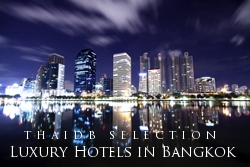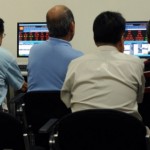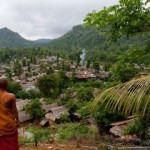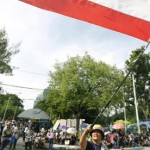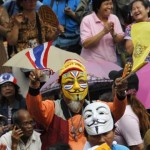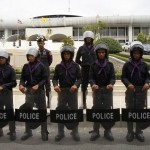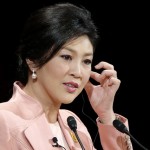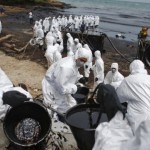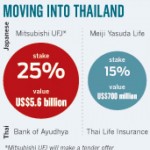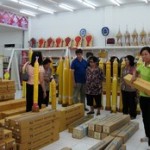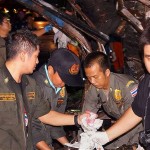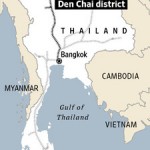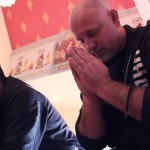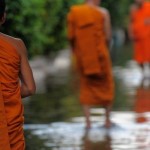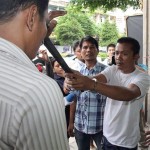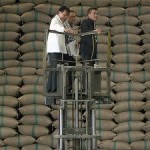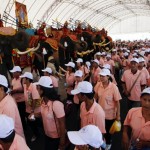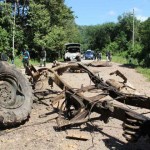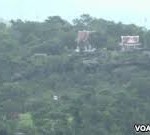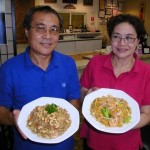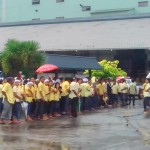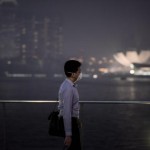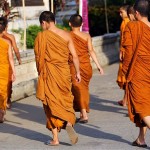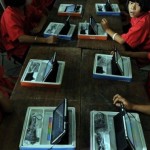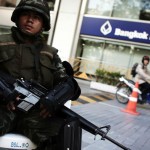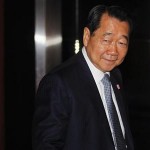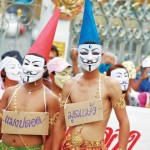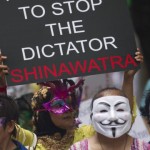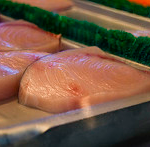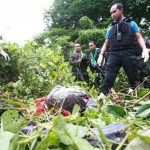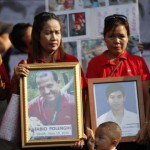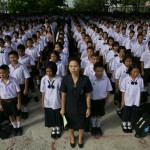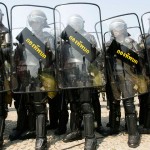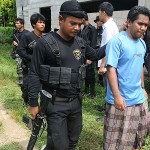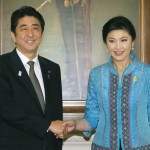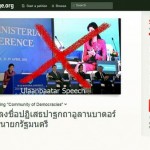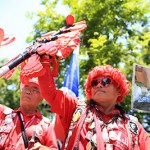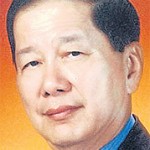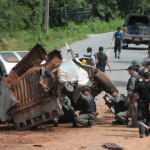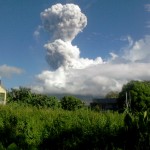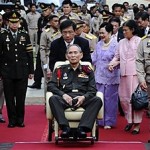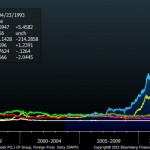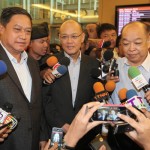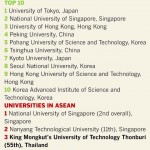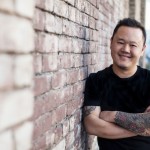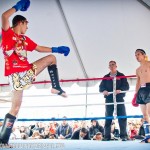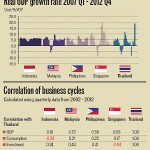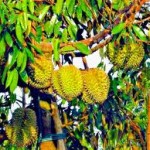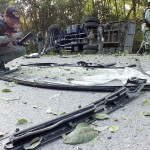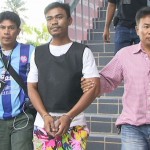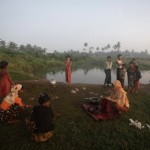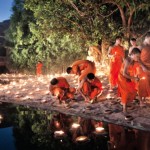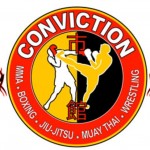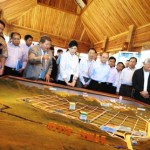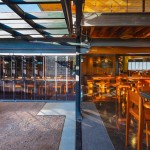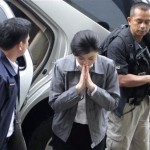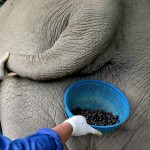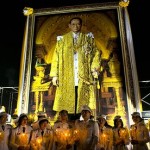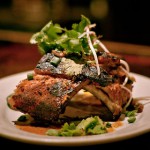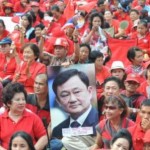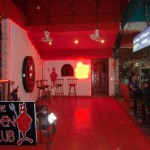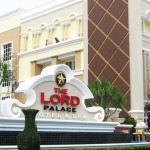Burmese Refugees Remain in Limbo by Thai Border Despite Political Reforms
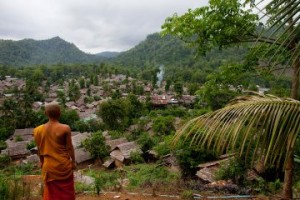
The wrinkled limestone karst landscape of the Thai-Burmese border is home to around 130,000 Burmese refugees. Many who fled decades of ethnic conflict have lost their lands, families and livelihoods, and countless children born in makeshift camps have neither set foot in the country of their parents’ birth nor speak their parents’ native tongue. While recent reforms in military-dominated Burma, officially known as Myanmar, have seen democracy icon Aung San Suu Kyi elected to Parliament, as well as the suspension of Western sanctions and the release of political prisoners, the refugee quandary endures. A survey conducted last month attempted to determine how this fraught situation could be remedied — asking inhabitants of one camp if they wanted to return to Burma, resettle in third countries or stay permanently in Thailand. Results are still being tallied, but this barometer of opinion is largely a moot point, as there are no easy answers for victims of the world’s longest running civil war.
Although Burma has been in turmoil for much of the last five decades, the principle flood of refugees across the Moei River into Thailand’s Tak province began in January 1984, when the Burmese military cut deep into territory customarily held by ethnic Karen rebels. This initial exodus was bolstered four years later when a student-led democracy uprising was violently crushed in Rangoon, and hordes of young activists fled east to escape reprisals and continue the fight against the military dictatorship. Periods of relative calm alternating with bursts of intensified fighting characterized the next 25 years, and despite the signing of ceasefires with practically all major rebel groups since Thein Sein took office in 2011, a substantial gulf must still be traversed before ethnic armies and his quasi-democratic administration can truly be reconciled.
While squalid camps blight Burma’s frontiers with India, Bangladesh and China, Thailand is oldest place of sanctuary for the country’s refugees. Nine main camps dot the 1,800 km frontier inside Thailand — from a stone’s throw west of Bangkok up to the famed Golden Triangle — as do a smattering of smaller enclaves. NGOs help with food, shelter and education, while the steely-eyed Thai military provide security. Most refugees are ethnic Karen, but there are also large numbers of Karenni, Mon and Shan. Life is tough but undoubtedly better than the other side of the frontier, where up to half-a-million more Internally Displaced Persons live in ramshackle jungle hideouts, and landmines, malnutrition and forced labor are a way of life. Such horrors make refugees understandably reluctant to return. “We believe it is not the right time because there is some fighting still ongoing despite the ceasefires,” Sai Leng, the 61-year-old head of Koung Jor refugee camp of around 140 families in northwest Chiang Mai province, tells TIME.
Promises of peace, infrastructure and development made by the Naypyidaw-based central government mean little in the context of half-a-century of bitter guerilla warfare. Certainly, few tangible benefits wait over the border. Crumbling roads mean that, even during times of peace, farmers struggle to transport goods to market, especially during the harsh monsoon. When crops fail “people might try to grow opium which is the easiest way to make money and then they will start to use drugs,” warns Sai Leng. Education remains abysmal. Teachers are paid such paltry wages that they leave class after a few hours in order to earn a little money from other jobs on the side, and years of jingoistic junta-led policies mean that ethnic languages are not taught in government-run schools. (By contrast, all children in the refugee camps get basic schooling including English.)
Efforts to turn the current ceasefires into a lasting political settlement are fraught with difficulties. The Burmese government wants the nation’s tapestry of ethnic rebel armies to put down their weapons, form political parties and contests seats at the 2015 general election. However, before entering parliament the rebel armies want to first negotiate changes to the controversial 2008 constitution, which reserves 25% of legislative seats for military appointees and can only be amended with the approval of 75% of lawmakers. “The 2008 Constitution is designed to [preserve the power of] a small group of military men,” says David Tarkapaw, spokesman of United Nationalities Federal Council (UNFC), an umbrella organization representing 11 ethnic armed groups. “We have to write a new constitution agreed to by all parties.” The UNFC held a conference in Chiang Mai last week in which they agreed a resolution towards creating a federal union — a goal very much at odds with Burma’s powerful military.
Despite the tribulations associated with returning to Burma, life in the camps is far from rosy. Thailand has not ratified the 1951 Refugee Convention and still does not have a refugee law or functioning asylum procedures. Different ethnicities are treated arbitrarily — Karen people are allowed to register as refugees or migrant workers, Shan can only be migrant workers while the Rohingya are not allowed to officially register as either. “Thailand presents Burmese refugees with the unfair choice of stagnating for years in remote refugee camps or living and working outside the camps without protection from arrest and deportation,” said Bill Frelick, director of Human Rights Watch’s refugee program, in a report released last September. Prospects for staying in Thailand permanently are thin, with suggestions that refugees might be afforded community integration status — receiving identity cards similar to those issued to local Thai hill tribes — not gaining much traction in Bangkok. More than 80,000 people have been resettled in third countries since a scheme was introduced in 2005. However, this is only an option for the 60% of refugees with official registration papers, and participating nations are becoming more reluctant as reforms in Burma progress.
While Thailand has previously received criticism for trying to push refugees to return home too quickly, it appears to now take a more nuanced approach — appreciating that prematurely shutting the camps would only see thousands of weary souls trudge back as soon a trouble flared again. Likewise, the U.N. High Commissioner for Refugees (UNHCR) stresses that the Burmese authorities must first provide safeguards on issues such as citizenship, land rights, security, identity documents and healthcare. “Repatriation to Myanmar must be voluntary and based on an informed choice by each refugee,” explains UNHCR spokeswoman Vivian Tan.
The Burmese government is clearly keen to resolve these issues as it returns to the international fold. “Our collective vision to build a democratic, open and inclusive society is not complete unless we can guarantee that displaced families can safely return home,” Aung Min, a minister in the President’s Office, recently told an audience to mark World Refugee Day. A raft of liberalizing measures has taken place in social and political life, and cash is flooding into the country, but the trickle down has yet to be felt in ethnic regions. Though a new gas pipeline opened between China’s Yunnan province and the Bay of Bengal last week, and Rangoon hotels groan under throngs of tourist and business arrivals (the influx has forced even the U.N. to give up its rooms in the slick Traders Hotel), this euphoric picture contrasts starkly with Burma’s forgotten people, staring from their bamboo shelters across the Moei River at the pockmarked country they once called home.
Read more: http://world.time.com/2013/08/07/burmese-refugees-remain-in-limbo-by-thai-border-despite-political-reforms/#ixzz2bKvmrEUY










